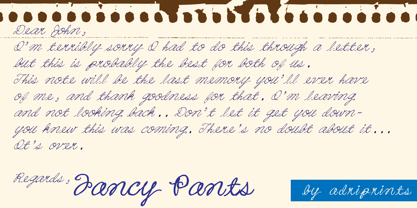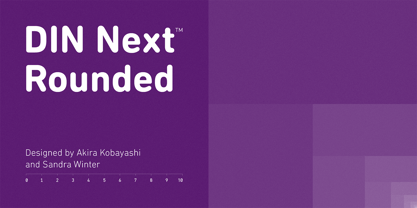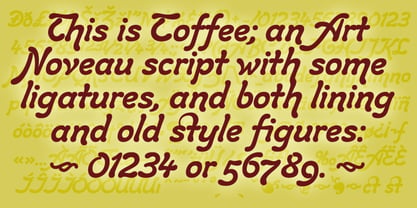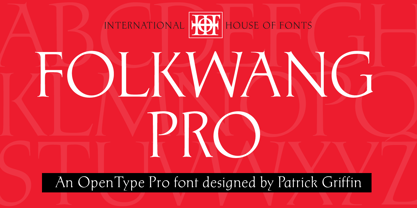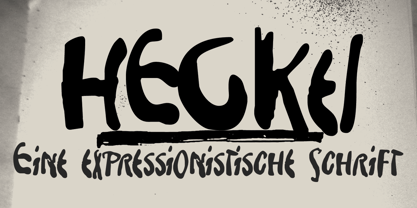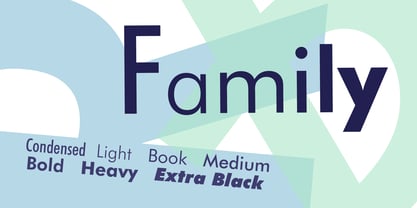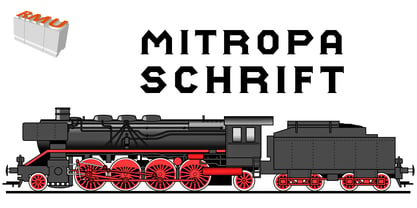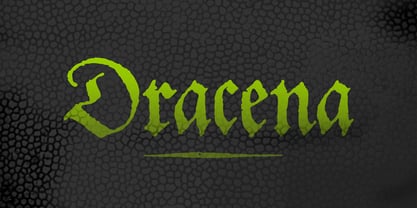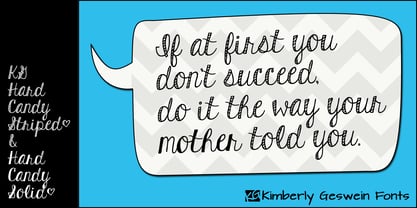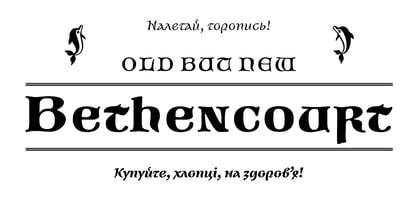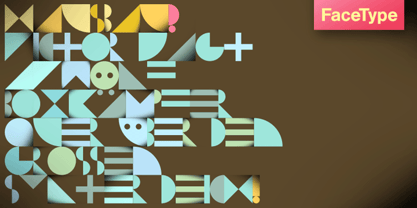8,374 search results
(0.031 seconds)
- Angelic War - Personal use only
- Spyced - Personal use only
- Santa'sSleighFull - Unknown license
- Arachnids - Personal use only
- peach sundress ~ - Unknown license
- Nemo Nightmares - Unknown license
- Grenouille - Personal use only
- Milkmoustachio - 100% free
- RhumbaScript - 100% free
- Adry of Hanabi - Personal use only
- Chiquita Banana - Unknown license
- Marquis De Sade - Unknown license
- CAC Lasko Condensed - Unknown license
- Fiddums Family - Unknown license
- Belshaw - Personal use only
- Steelplate Textura - Personal use only
- King Xmas Trial - Unknown license
- Beast vs Buttercrumb - Unknown license
- Fantastic MF - Unknown license
- Raslani Tribal - Unknown license
- Fannys Treehouse - Unknown license
- Shifty Chica - Unknown license
- Vtks Relaxing Blaze - 100% free
- Midnightman - Personal use only
- FancyPants by Adriprints,
$8.00 - DIN Next Rounded by Monotype,
$56.99 - Toffee Script by Suomi,
$25.00 - Fiorenza by Scriptorium,
$18.00 - P22 Folkwang Pro by IHOF,
$29.95 - Pixochrome - Unknown license
- Mechanikschrift by Victory Type,
$12.00 - Heckel by Hanoded,
$15.00 - Futura BT by Bitstream,
$39.99 - Schneider Buch Deutsch by Intellecta Design,
$21.90 - Dractura by Aerotype,
$29.00 - Mitropaschrift by RMU,
$- - Dracena by Aerotype,
$29.00 - KG Hard Candy by Kimberly Geswein,
$5.00 - Bethencourt by Apostrof,
$30.00 - Hausbau by FaceType,
$8.00
























